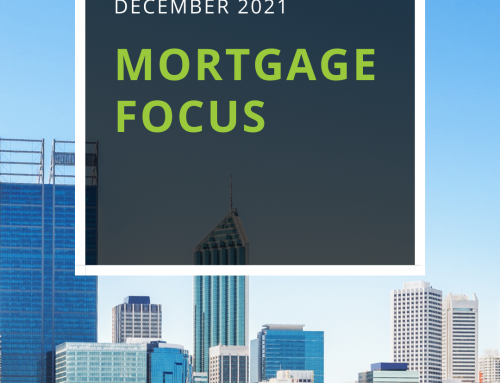As we head into autumn, the outlook for the Australian economy appears to be reasonably favourable.
 [/frame_right]But let’s not kid ourselves: while the domestic economy seems to be weathering global volatility quite well, we’re not out of the woods yet.
[/frame_right]But let’s not kid ourselves: while the domestic economy seems to be weathering global volatility quite well, we’re not out of the woods yet.
The “GFC 2” may no longer be imminent, but a majority of economic commentators expect the road out of the global financial crisis to be a long one.
At its monthly monetary policy meeting on 6 March 2012, the Reserve Bank of Australia (RBA) left the cash rate unchanged for the second consecutive month, at 4.25%.
The Bank’s governor, Glenn Stevens, provided some cause for optimism, suggesting the likelihood of a global meltdown had declined.
“Recent information is consistent with the expectation that the world economy will grow at a below-trend pace this year, but does not suggest that a deep downturn is occurring,” he said.
Mr Stevens noted that, domestically, economic growth remained “close to trend overall”, with the current cash rate appropriate for the time being. Only if demand conditions weaken materially would there be scope for further easing of monetary policy, he said.
The RBA’s decision came as little surprise to industry forecasters, including RP Data’s research director Tim Lawless, who said capital city home values have come down just 0.2 per cent over the three months leading up to the latest rate announcement.
“A return to stability in the housing market is precisely the outcome the RBA have been aiming for with respect to housing market conditions,” Mr Lawless said.
“Based on the recent data flows, it is becoming increasingly clear that the housing market is likely to be less of a concern to the RBA.
“Mortgage arrears appear to be in check, home values are stabilising and transaction volumes are starting to tick up.”
Although improved economic conditions should bode well for the housing market, lenders continue to cite higher funding costs as a key impediment to providing lower home loan rates
In fact, in February, all four major banks increased their standard variable mortgage rates, despite the RBA’s decision to keep the cash rate on hold.
ANZ also became the first major bank to announce a new rate review process which will consider other funding pressures, not just the official cash rate, in determining home loan pricing.
“Our new monthly interest rate review process recognises that the Reserve Bank’s cash rate alone is not an accurate reflection of bank funding costs, particularly since the global financial crisis which has left all banks with the task of raising funds in volatile global markets and through stronger competition for deposits,” ANZ CEO Australia Philip Chronican said.
With the banks breaking ranks with the RBA in setting home loan pricing, selecting a mortgage is more difficult than ever
If you need help exploring your financing options, or if you want to discuss any aspect of your home loan arrangements, please don’t hesitate to get in touch.





